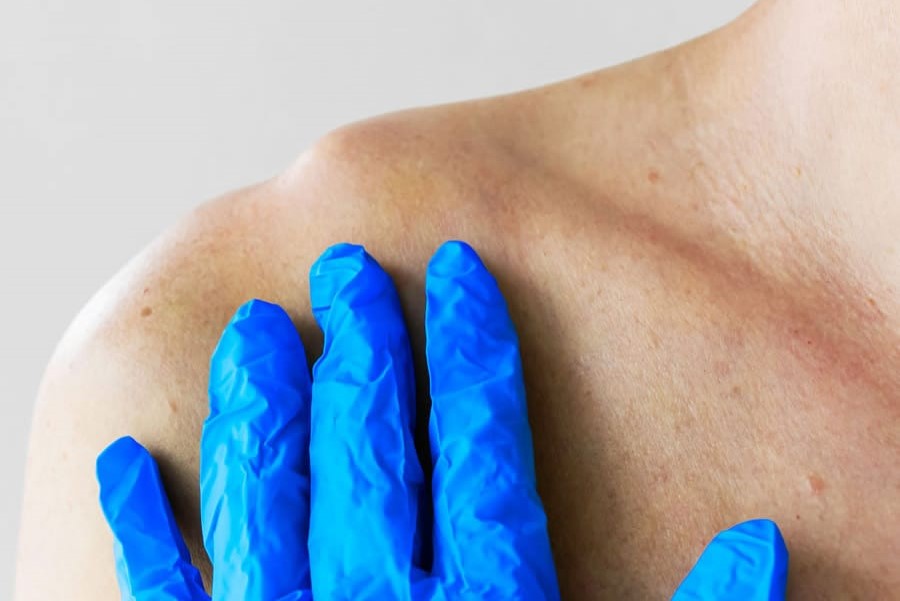
Shoulder instability and dislocation: symptoms and treatment
Shoulder instability can be post-traumatic (i.e. after an accidental dislocation) or idiopathic in nature (i.e. due to congenital over-elasticity of joint structures)
What are the symptoms of shoulder instability?
The symptoms are both painful and, above all, functional; in fact, instability leads to the occurrence of new episodes of dislocation or subluxation that are very painful and disabling for the patient.
The treatment of shoulder instability
The treatment of most of these cases can be performed arthroscopically (i.e. with the aid of fibre optics).
Arthroscopy has the advantage of being less invasive, as the entire procedure is performed through very small incisions of around 4-5 mm.
Insults to the deltoid and pectoral musculature, which is partly violated in open surgery, are therefore spared.
The operation consists of suturing or reinserting the glenoid labrum, the joint ligaments or retracting the joint capsule using microscopic (3 mm) anchors.
During the operation, the condition of the entire joint is also checked, i.e. also the rotator cuff tendons, which are sometimes injured in individuals with a history of multiple dislocations and over 45 years of age.
The patient must then be immobilised for about 4 weeks with a special brace, thus avoiding traction movements on the sutured tissues.
Physiotherapy, which is very important, begins in the immediate post-operative period.
Return to normal daily activity can take place in about 45 days after surgery; return to sporting activity in 90-120 days.
The results of arthroscopic surgery have improved greatly in recent years: success occurs in more than 95% of cases.
Read Also:
Emergency Live Even More…Live: Download The New Free App Of Your Newspaper For IOS And Android
Shoulder Tendonitis: Symptoms And Diagnosis
Dislocation Of The Shoulder: How To Reduce It? An Overview Of The Main Techniques
Frozen Shoulder Syndrome: What It Is And How To Treat It
Vertebral Fracture: Causes, Classification, Risks, Treatment, Paralysis
Multiple Rib Fracture, Flail Chest (Rib Volet) And Pneumothorax: An Overview
Difference Between Compound, Dislocated, Exposed And Pathological Fracture
Penetrating And Non-Penetrating Cardiac Trauma: An Overview
Facial Trauma With Skull Fractures: Difference Between LeFort Fracture I, II And III
Broken Rib (Rib Fracture): Symptoms, Causes, Diagnosis And Treatment
Tibial Plateau Fracture: What It Is And How To Treat It
Treatment Of Bone Fractures: Some Information For Citizens
Fracture Of The Shoulder And Proximal Humerus: Symptoms And Treatment


